



Australian scientists have discovered a larger, more venomous species of Sydney funnel-web spider, named Atrax christenseni or "Big Boy." Found near Newcastle, this 9 cm spider has longer fangs and larger venom glands, making it even more dangerous. The male, known for stronger venom, is responsible for human fatalities.


Disclaimer: Copyright infringement not intended.
Australian scientists have discovered a bigger, more venomous species of the Sydney funnel-web spider, one of the world's deadliest.
Scientists have named this 9-centimeter-long species Atrax christenseni. The new species of funnel-web has earned the nickname "Big Boy" and was first discovered in the early 2000s near Newcastle, 170 km north of Sydney.
|
Characteristic |
Description |
|
Body Structure |
Segmented body with head, thorax, and abdomen. Paired appendages for feeding, sensory input, defense, and locomotion. |
|
Exoskeleton |
A tough chitinous exoskeleton, often mineralized with calcium carbonate, is shed during molting for growth. |
|
Circulatory System |
Open system with hemocoel containing blood lymph; multiple hearts pump blood lymph for oxygen distribution. |
|
Digestive System |
Complete system with mouth and anus. |
|
Respiratory System |
Aquatic species use gills; terrestrial species use tracheal systems, book lungs, or modified structures for gas exchange. |
|
Nervous System |
Ladder-like with paired ventral cords and ganglia; fused ganglia in the head form the brain around the esophagus. |
|
Sensory Organs |
Compound eyes, pigment spots, cuticular setae for chemical and mechanical sensing. |
|
Reproduction |
Internal or external fertilization; most lay eggs, some are viviparous; larval forms vary, with some undergoing metamorphosis. |
|
Examples |
Chelicerata: Spiders, scorpions, mites. Crustaceans: Crabs, shrimps, barnacles. Insects: Collembola, Diplura. Myriapoda: Centipedes. |
Source:
|
PRACTICE QUESTION
How many of the above statements is/are correct?
Answer: C Explanation: Statement 1 is correct: Arthropods do possess an exoskeleton made of chitin, and they molt it during growth. Statement 2 is correct: The respiratory system varies in arthropods, with different species using gills, tracheae, or lungs. Statement 3 is correct: Arthropods have bilateral symmetry, and their body is segmented into head, thorax, and abdomen. |
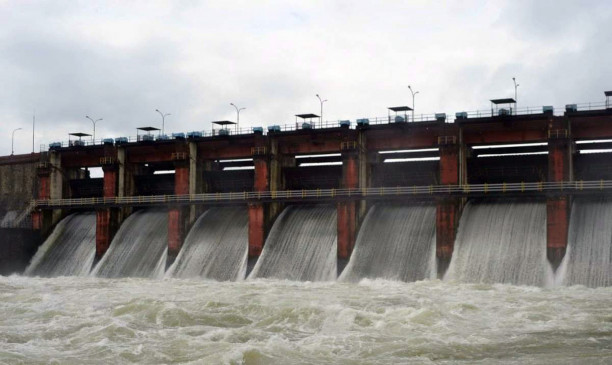
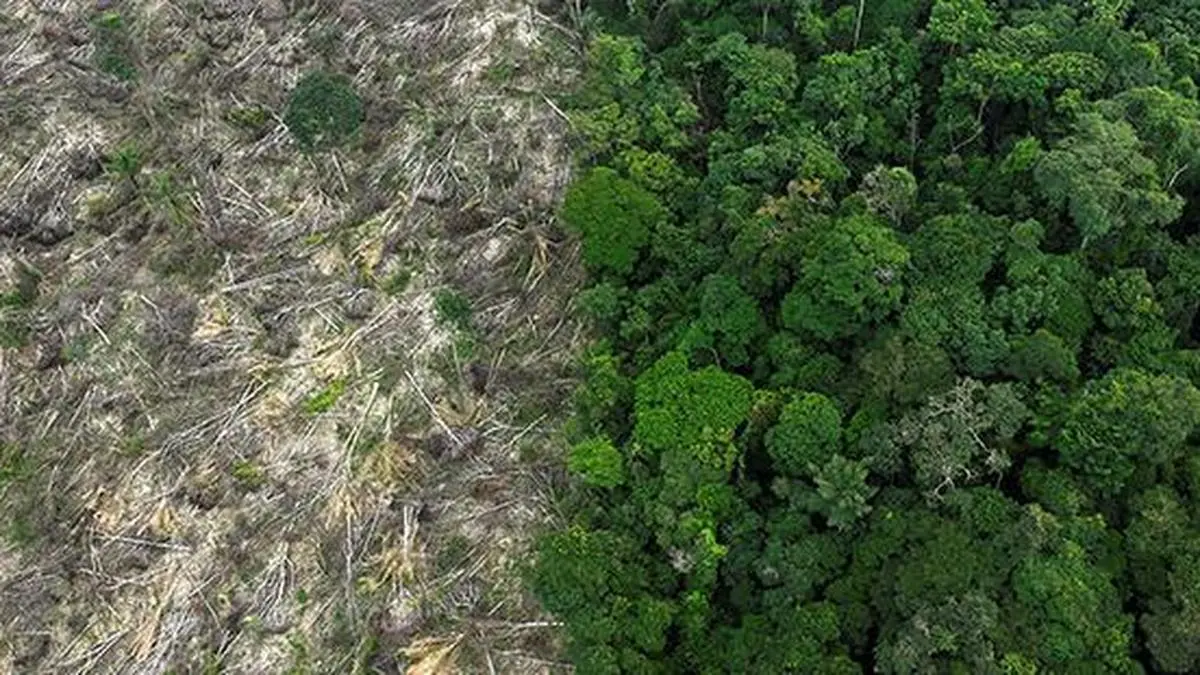

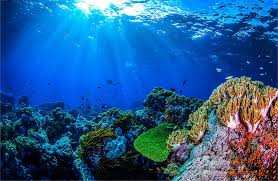
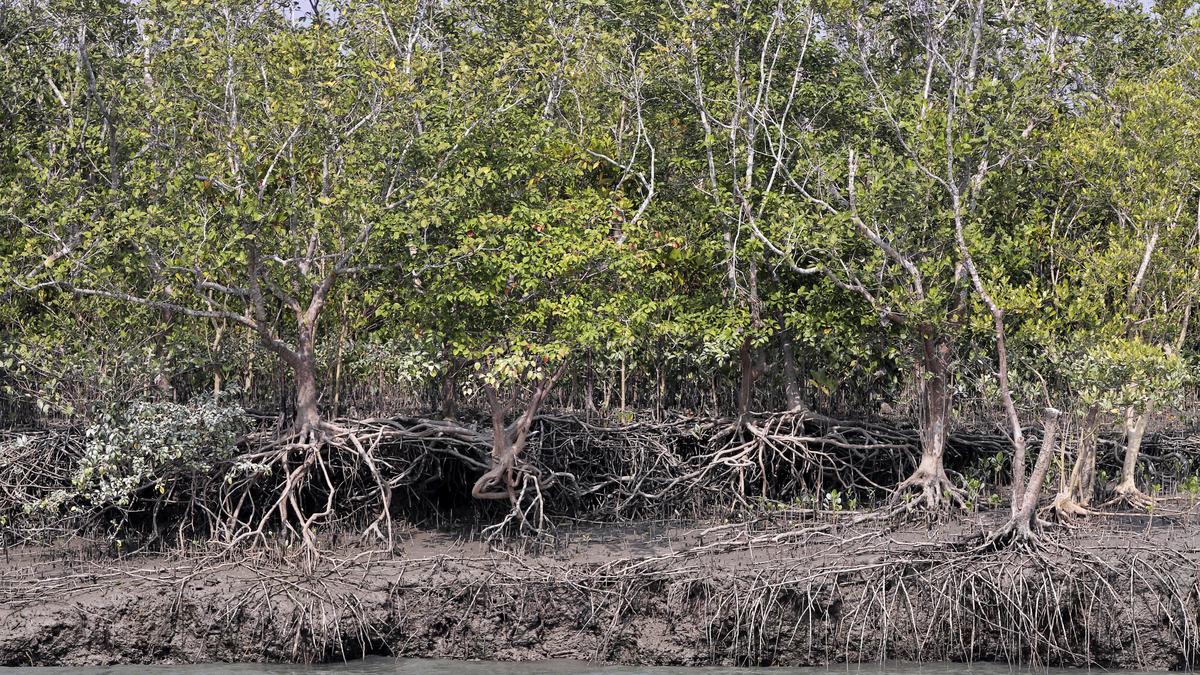
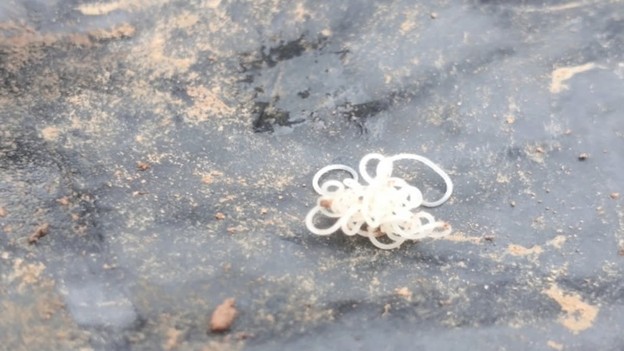
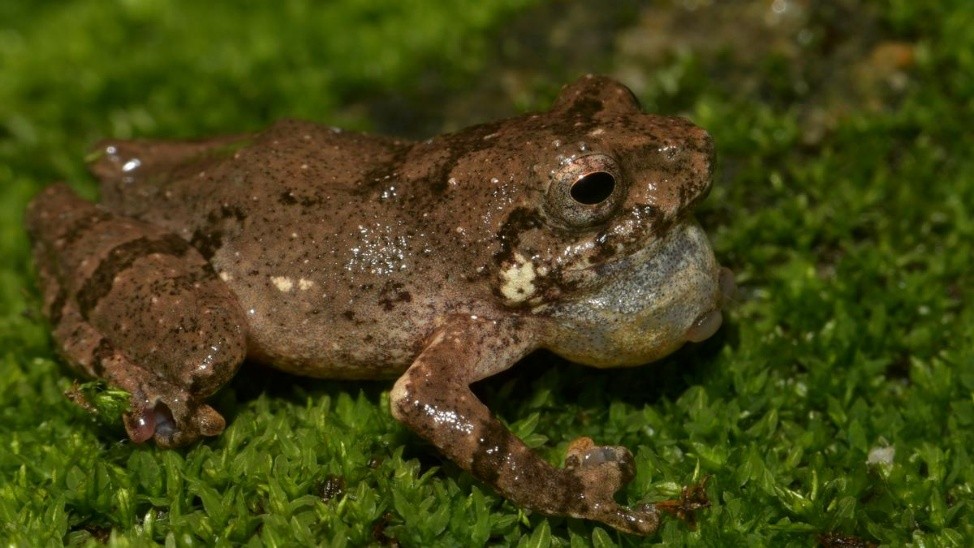

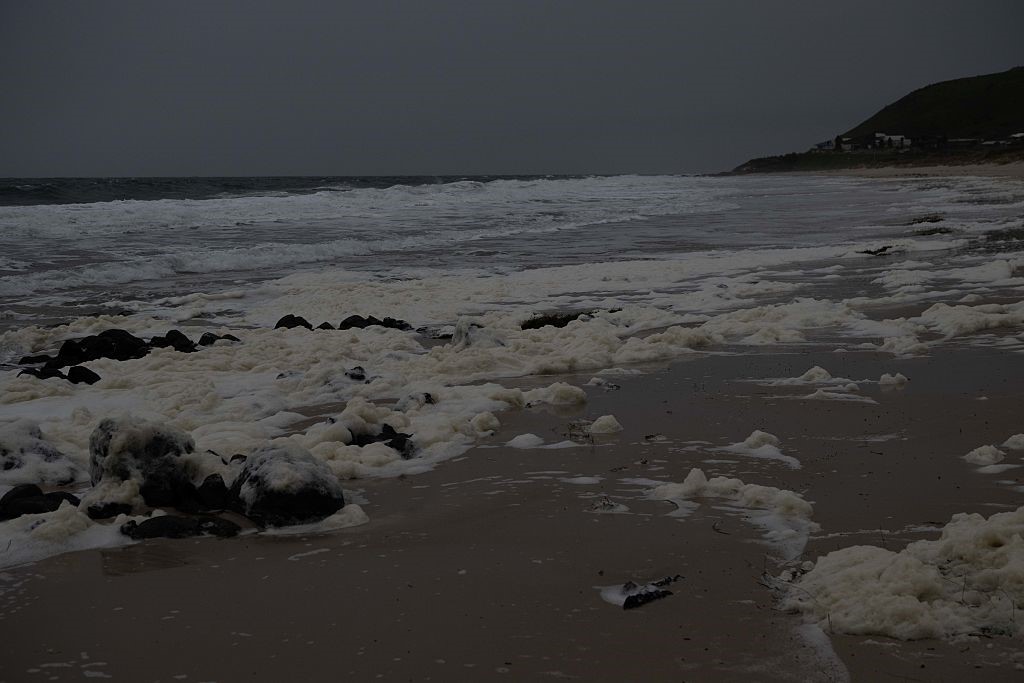
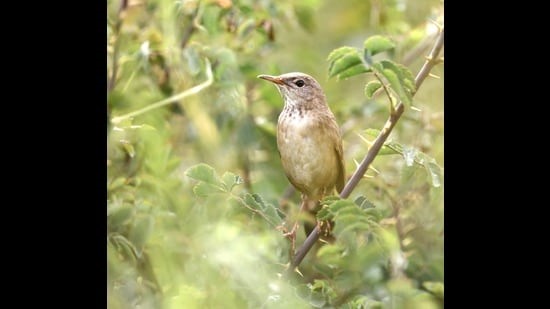

© 2025 iasgyan. All right reserved